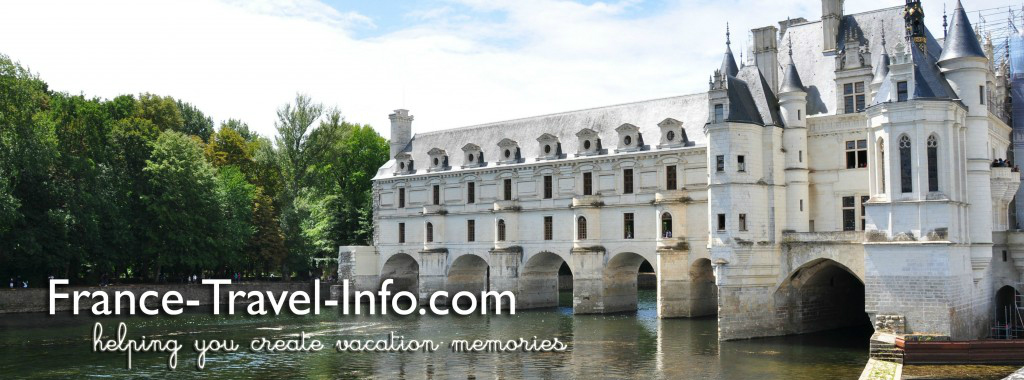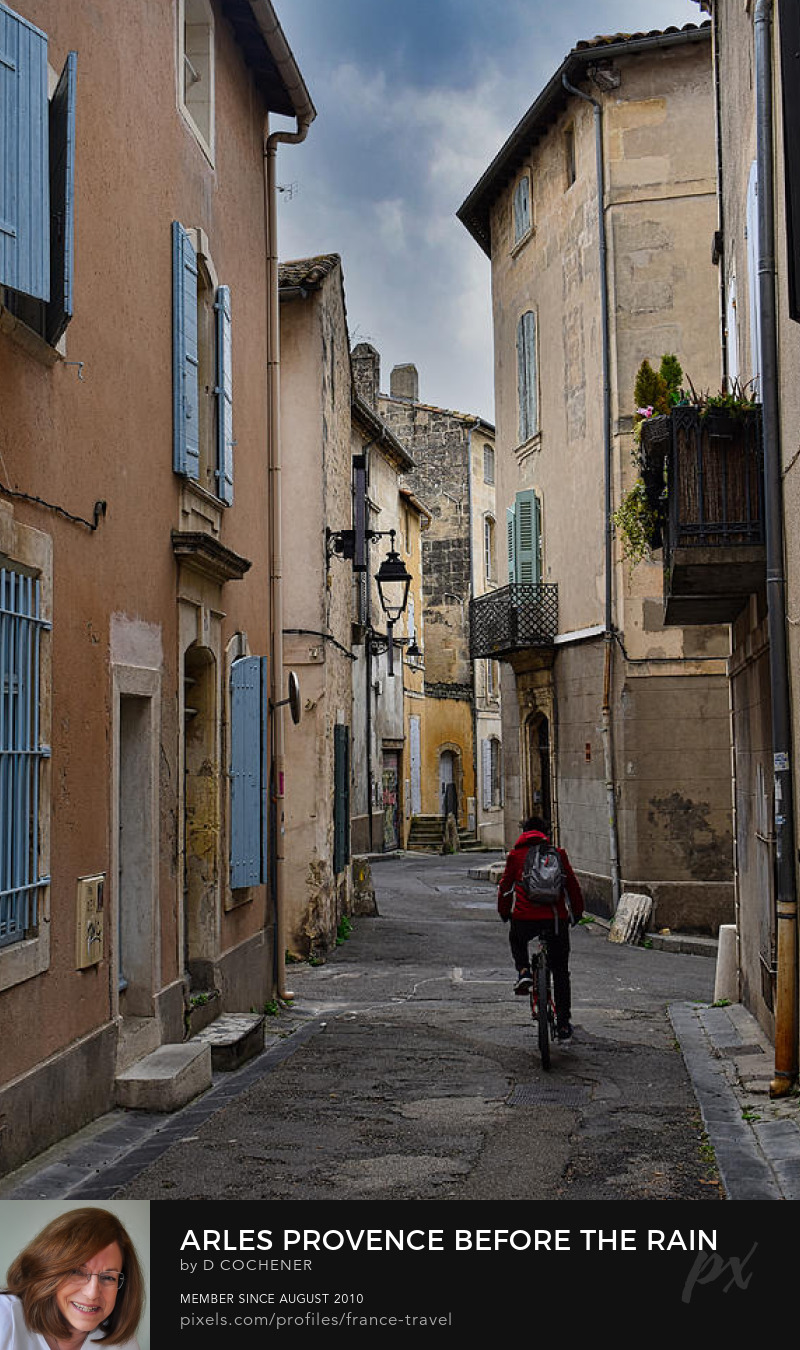Charming Historic Arles is a UNESCO World Heritage Site
Arles is a delightfully walkable town where we spent three days making full use of our Arles Advantage Pass (only 16 euros per person as of April 2023) that provided access to six ancient Roman sites as well as 3 museums.
Upon arriving (after making good use of the laundromat close to our guest house), we enjoyed being flaneurs by wandering aimlessly through the cobblestone streets.

Put your walking shoes and and discover Arles with me! Below we found a small shop where the artisan was carving pumpkins into decorative yet useful pieces of art. I particularly liked the pumpkins that were artfully designed to hold small candles. However, as these are fresh pumpkins, I don’t believe their longevity would have extended to the end of our month of traveling.

Ending the evening with a stroll along the Rhone we spotted a street artist with his young daughter painting the benches. Dad would draw an outline and then let her decorate as she wanted inside the lines.

I love how many buildings with trompe-l’oeil paintings we found on our explorations of Provence.

Mid-way through our visit of historic Arles, we visited the museums. I think if we were to repeat the experience, I would start with the museums. The historic time-frame they provide would be helpful when visiting the other sites.
Let’s begin with the Amphitheatre and the Ancient Theatre
Arriving at the Amphitheatre in the early morning, we encountered very few other visitors. Cloudy skies threatened April rain showers but the sun eventually arrived. We walked, we climbed, we conjectured about the past events and enjoyed spectacular views of Arles from a bird’s eye viewpoint.


Walking around the inside perimeter of the amphitheatre.
And later we enjoyed this same view of the perimeter but from above!

Arriving at the top of the amphitheatre, the views were spectacular.

Spectacular views of Arles and the Rhone River from atop the amphitheater
Built during the reign of Caesar Augustus during the 1st century, the Ancient Theatre (Théâtre Antique) once had a capacity of 8000. Sadly, pillaging it as a quarry during the middle ages destroyed much of the structure .

Historic Arles Cryptoportique is actually the basement of the Roman Forum
90 meters by 60 meters (295 feet by 197 feet), the Cryptoportique exists under what would have been the central square of Arles during Roman times. It was fairly amazing to walk through a structure built in 46 BC.
Walls in the north gallery date from the protohistoric period (the time between “history” and “prehistory” when a culture has not yet developed writing), evidence of an earlier construction than what was made by Romans.
Looting began in the 5th century. Evidence exists that sections of the subterranean structure were used anything from prison cells to catacombs to personal caves for wine storage.

Above is one of the three galeries. At 8.5 meters wide and 90 meters in length it parallels a similar galerie. The cross galerie of 60 meters completes a U-shape to support the forum above it.

Molded cornice
Exploring the Thermes de Constantine
The Thermes de Constantine, or Baths of Constantine, are a fascinating open air museum. All that remains today of a once palatial 4th century building is the Caldarium or warm baths , the Tepidarium (warm air room) and the Hypocaust which was the underfloor heating. The underfloor heating was interesting as we stood on the base of that floor with the actual floor about waist high on me.

Arles Saturday Market
Historic Arles is well-known for its market. The main market happens on Saturdays with a smaller market being held on Wednesdays along with the brocante/antique market being on the first Wednesday of each month.
Our lovely guest house, Maison Douce faces Blvd Georges Clémenceau. On this lengthy street we enjoyed the more than 2 kilometers of market on Saturday morning. Cafés spill out onto the sidewalk and street where most of Arles appeared to socialize and enjoy the morning with their market purchases in baskets and bags at their feet.
More Roman History to Discover
After walking the length of the market and back on Saturday, we enjoyed a bit of lunch and walked to Alyscamp. Alyscamp was a Roman necropolis (City of the Dead). Today only one avenue lined with sarcophagi remains. However, like many places in Arles, there are reminders of how this locale influenced Van Gogh’s paintings during his short time here.
- Alyscamp, Arles
- Les Alyscamp:painting located in Ryjksmuseum, Amsterdam
We wrapped up our explorations of Arles with a walk to the Jardin Hortus. En route we checked out the vestiges of the Cirque Romain d’Arles. Most importantly , though, we visited the Museum of Ancient Arles and Provence. I’m not a huge museum person but this museum is a must see. I wish we had begun our visit to Arles with this museum. We learned so much about the sites we had seen.
From practically intact Roman tile floors to detailed sarcophagi, this museum did not disappoint!
Sarcaphogus of Concordius – first bishop of Arles
Saint-Trophime and its Cloister
We visited the Cathedral Saint-Trophime with the specific intent on taking a tour of the cloister. So many cloisters such as this one dating as far back as the 12th century are in a state of disrepair.
However, Saint-Trophime’s cloister is protected as not only an historical monument but also as a UNESCO world heritage site. The sculpted capitals and the corner columns which relate the life of Christ are by their own rights works of art.
Save for the magnificent sculptures around the entrance, the Romanesque medieval Cathedral of Saint-Trophime is a bit nondescript on the exterior. But oh how amazing is that portal!
The cathedral has a long history. According to the Arles tourisme site, the 12th century cathedral was built upon the site of a 5th century basilica dedicated to Saint-Stephen.
I found the Chapel of the Holy Sepulchre particularly moving.
Enjoy a bit of Arles for yourself!

















Leave a Reply